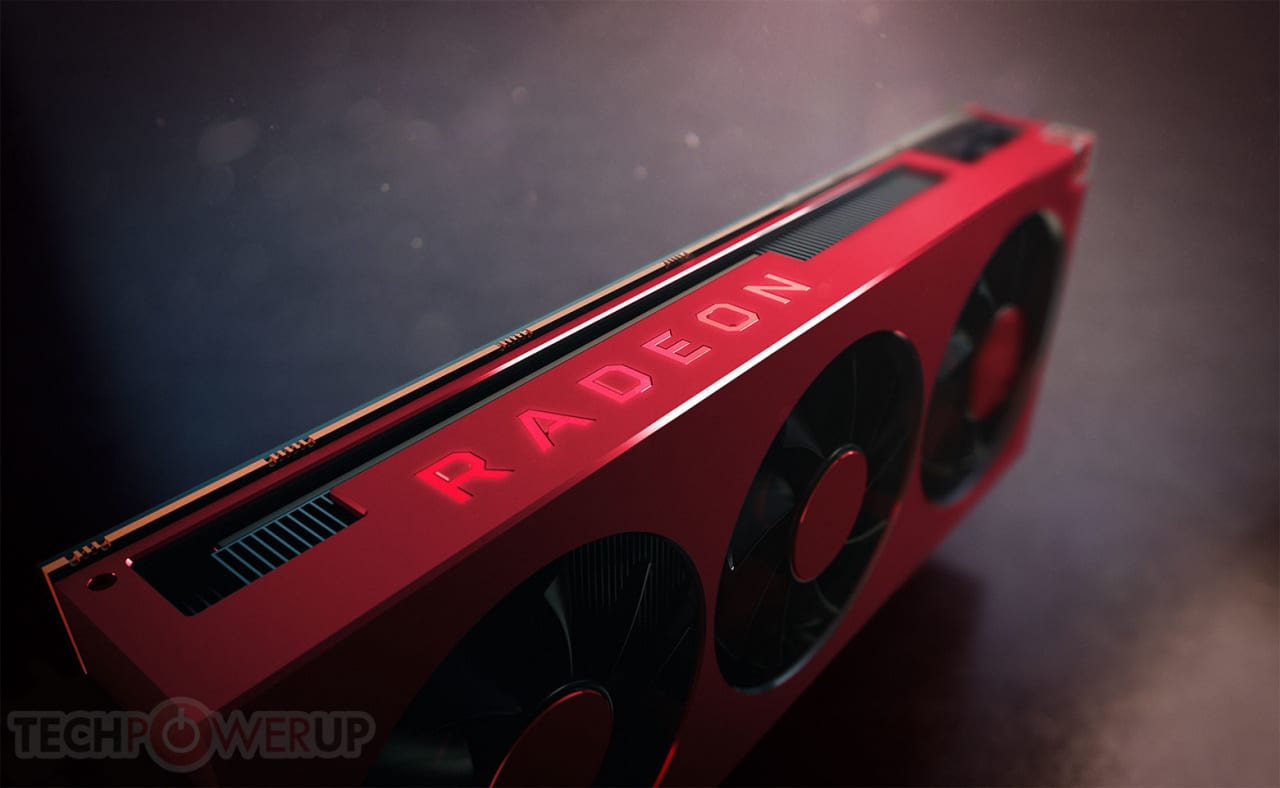AMD’s graphics card for several years now is basically based on the architecture Graphics Core Next (GCN), which the company has iterated on over the years. The latest are called GCN 4.0 (Polaris) and GCN 5.0 (Vega) with which AMD has improved and optimized the almost eight-year-old design.
The difference in performance between different graphics circuits has largely depended on how many computing units these have been equipped with. Common to all generations is that each computing unit housed 64 stream processors, of which the graphics circuits Fiji and Vega 10/20 had the most in number – 64 for a total of 4,096 stream processors.
These calculation units have at most been grouped into four clusters, each of which is equipped with its own set of raster units (ROP). For some circuits, this has led to a limited capacity, something that can now be addressed with the Navi architecture. This according to a report from the Twitter user KOMACHI Ensaka (via Techpowerup).
According to the information, one of the Navi circuits will have a total of 40 calculation units, which will be divided into 8 calculation clusters, each with a set of ROPs and geometry processors. This would mean that capacity would be doubled compared to Polaris and Vega, and thus fix one of the bottlenecks in AMD’s aging architecture GCN.
With 40 computing units, the graphics circuit in question should have 2,560 stream processors, that is, fewer than old Hawaii (2,816) and slightly more than today’s Polaris 20/30 (2,304). However, both have their calculation units divided into four clusters instead of eight.
It is already known that Navi will use a 256-bit memory interface to GDDR6 memory, which means an increased memory bandwidth of 50-75 percent compared to compared to Polaris 30-based graphics cards. This is on a comparable level to the Vega 64, and about half the memory bandwidth of a Radeon VII.
Even though Navi takes its place in the middle segment, it thus looks as if the architecture brings with it major architectural improvements, something that can allow the graphics cards to perform better than what the overall specifications state.















